Health investigates
“Prevalence of respiratory and ocular symptoms in boys and girls from different areas of Tucumán in relation to environmental pollution and seasons of the year”
HEALTH INVESTIGATES
According to the World Health Organization (WHO), Argentina has air pollution indicators (PM 2.5 particles) 30% higher than what is considered safe. This produces an increase in mortality, with children being the most affected population.
Tucumán is the province with the highest population density in the country, with a climate and wind regime that can contribute to pollution and shares similar socio-health indicators with the other jurisdictions in the northwest, many of which account for the low level of health and quality of life in the region.
One of its predominant activities is agricultural – industrial linked to the sugar cane harvest, which is known as the sugar harvest and which occurs between the months of April – August. During it, two highly polluting tasks are carried out, the first is when the plantations are set on fire to reduce the foliage and accelerate its collection, producing a large volume of particles that can be easily transported by the frequent southerly winds, covering large areas; the second occurs during industrialization and manufacturing, with the generation of smoke.
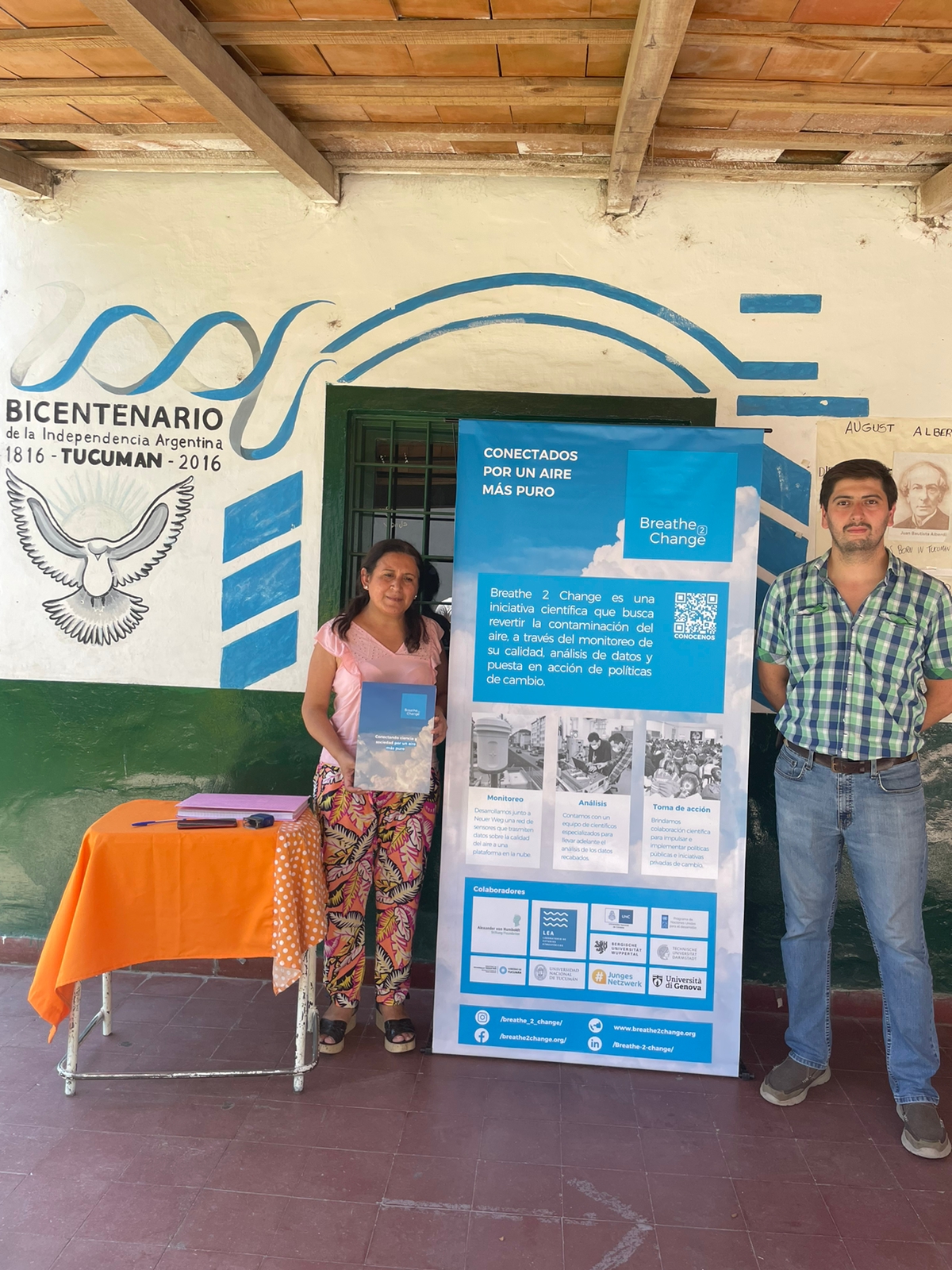
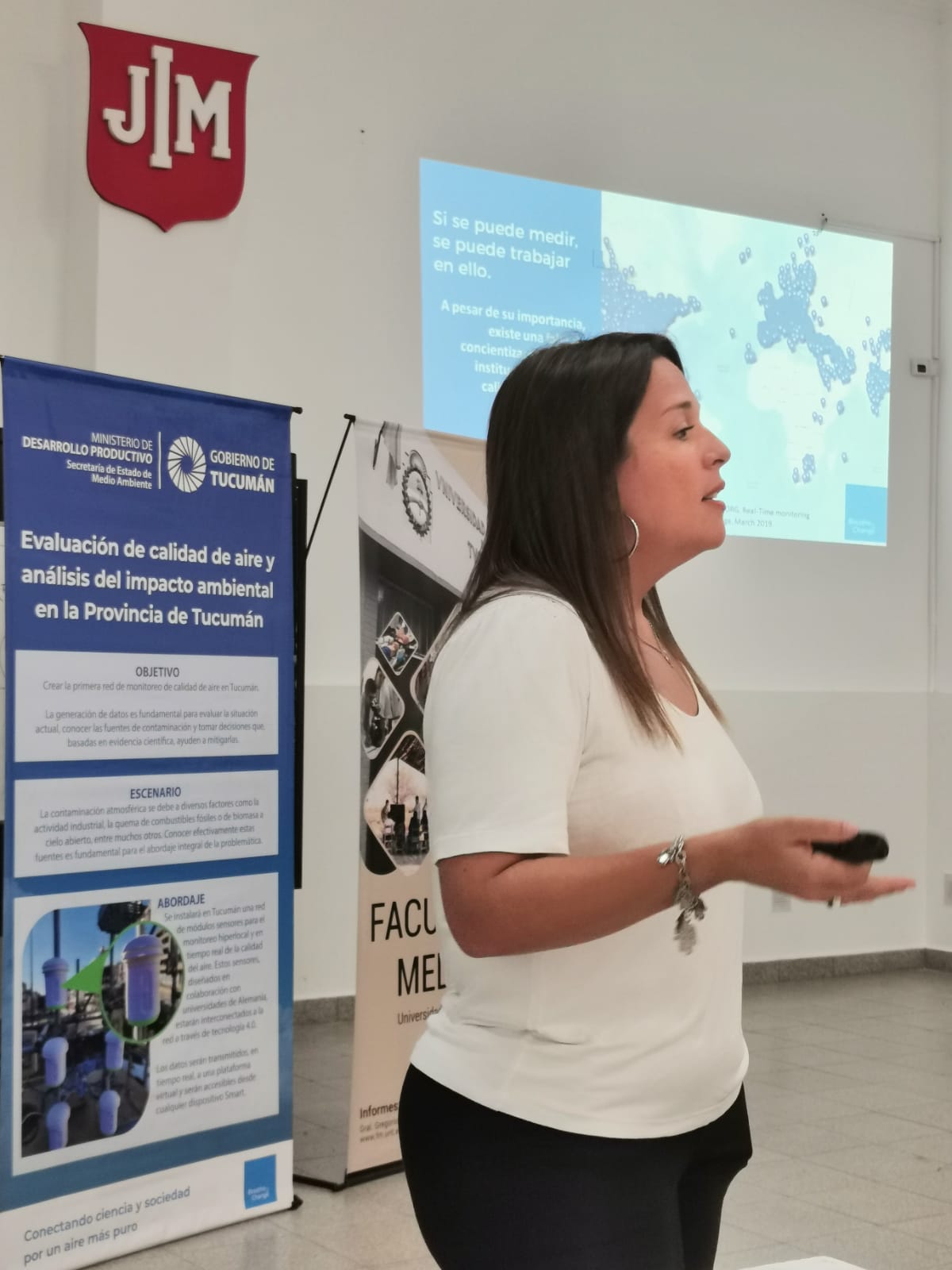
In 1991, Law 6253 was passed, which refers to Public Health and Environmental Protection and in its article 38 it says: “The burning of vegetation (rooted or dry) is prohibited throughout the territory of the Province to prevent degradation. of the soils and the atmosphere, and the consequent imbalance of the ecosystem.” But the practice described is still happening.
Little is known in our Province about the relationship between environmental pollutants and their consequences in the population, which is why this study will seek to evaluate the effects on the health of schoolchildren and the factors related to the development of respiratory and ocular symptoms in different times of the year exploring possible associations, in addition the load of pollutants in the air in different areas of the province will be continuously measured.
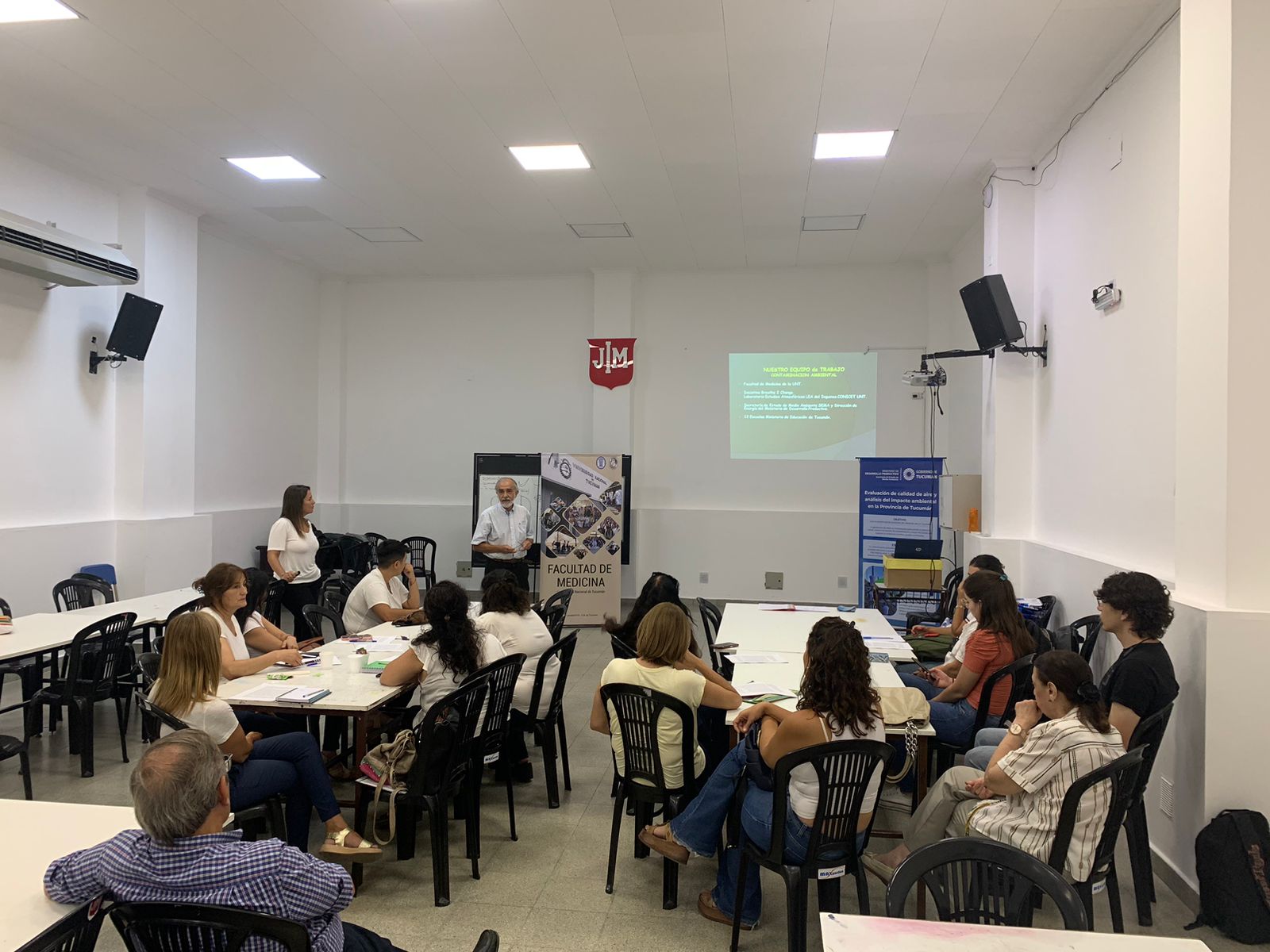
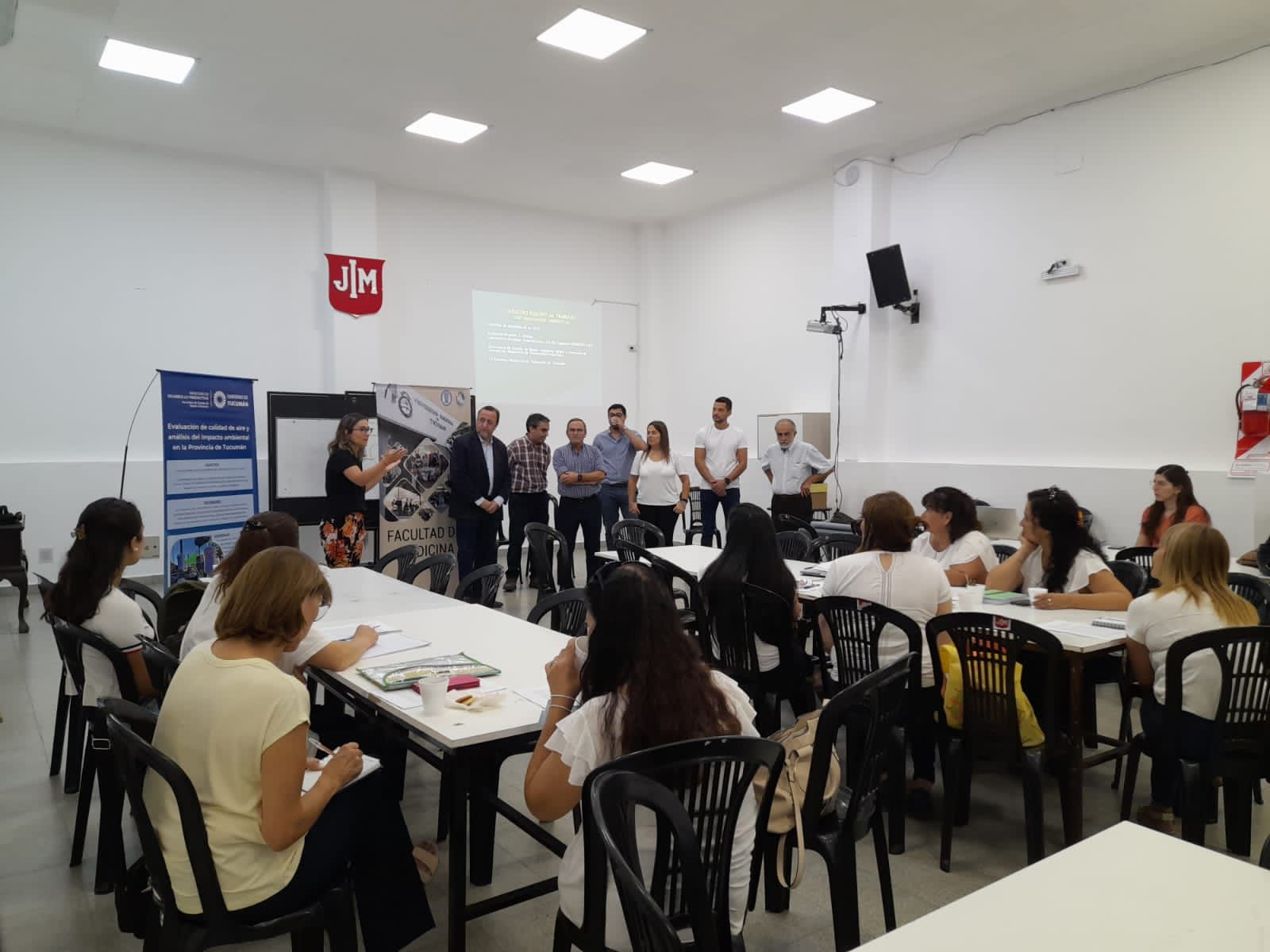
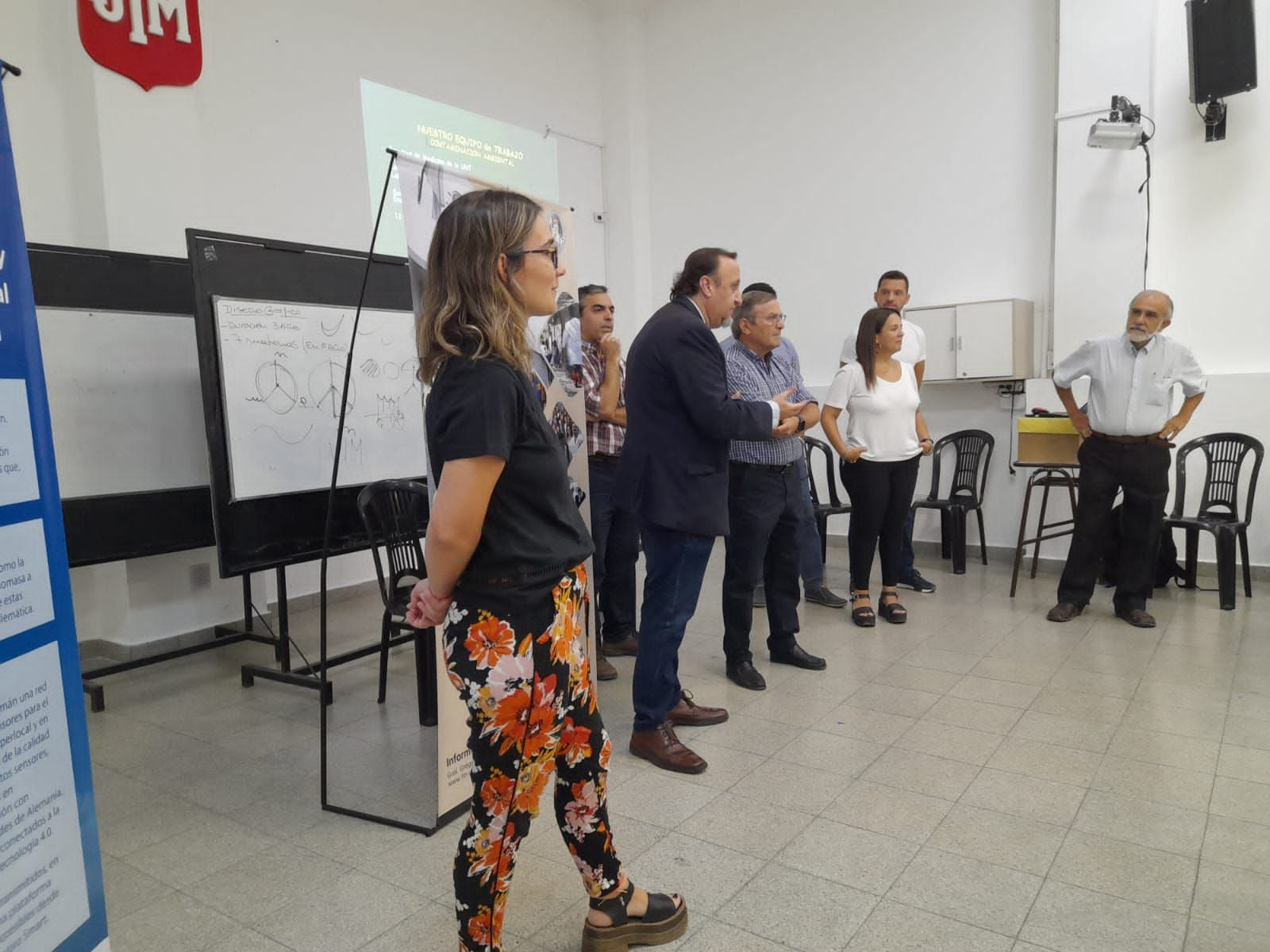
The Project is developed between 2023 and 2024 and consists of several stages. The selected schools are located in the cities of Juan Bautista Alberdi, Aguilares, Concepción, Monteros, Leales, Bella Vista, Yerba Buena, San Miguel de Tucumán, Tafí Viejo, Banda del Río Salí, Burruyacú and Tafí del Valle.
Interventions in schools are carried out during the months of March/April away from the harvest and July/August during the harvest. They are repeated in the same boys and girls in all seasons.
Simultaneously, the environmental measurement equipment (pollutant and humidity monitors, temperature, atmospheric pressure and winds) installed in these places record data continuously before, during and after the intervention.
Data analysis and statistical interpretation is carried out after the cycle of measurements and surveys.
The implementation of the project is framed in a collaboration agreement between academic and government institutions in the areas of health, (Faculty of Medicine – UNT), education (Ministry of Education of Tucumán) and environment (Atmospheric measurement laboratory of the Faculty of Biochemistry , Chemistry and Pharmacy – UNT) who are interested in developing continuous environmental monitoring of air quality, which constitutes the scientific basis for the development of environmental pollution control strategies in urban and rural areas in order to reduce the possible impact on the health of the population.
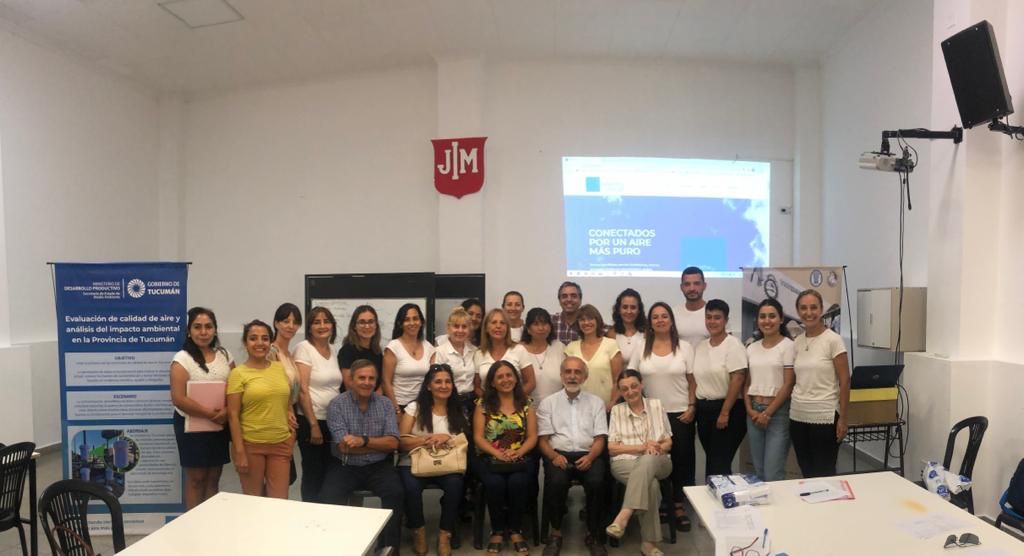

AIR POLLUTION CAUSES THE FOLLOWING NUMBER OF DEATHS PER YEAR
3.220.000
Pneumonia // COPD // Cancer
1.400.000
Stroke // Alzheimer's // Cognitive impairment
2.380.000
Various heart diseases
Contact
Mail: info@breathe2change.org
